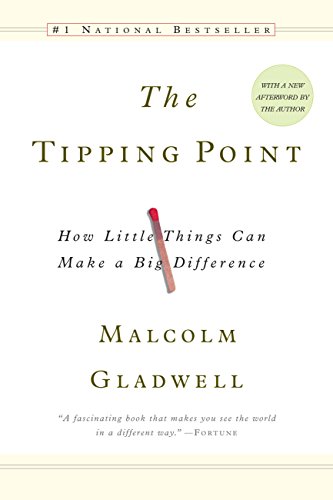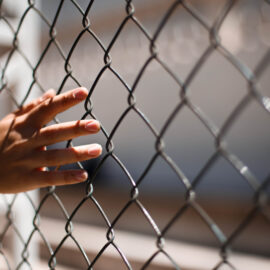

This article is an excerpt from the Shortform summary of "The Tipping Point" by Malcolm Gladwell. Shortform has the world's best summaries of books you should be reading.
Like this article? Sign up for a free trial here .
How are depression and isolation connected? How has social isolation increased with advances in technology? What is the link between social isolation and suicide?
We’ll cover the rise of isolation in the Information Age and how depression and isolation reinforce each other and can become contagious.
The Rise and Consequences of Social Isolation
While technology allows for more connectivity in the virtual world, it can also lead us to be more socially isolated. You text with friends and family instead of calling or visiting, you order goods and services online instead of going out in public to shop in a store, and you can work from the privacy and comfort of your own home instead of commuting to an office. This can lead to depression and isolation.
Adolescents have grown up in this culture, and in recent years they have experienced more isolation than past generations of adolescents as a result of several factors:
- Technology creates a space in which teens talk to each other privately, without much (if any) supervision or input from adults. Between text messages, emails, phone calls, and social media, there are entire virtual worlds that teens inhabit where they can interact only with other teens.
- Adolescents, on the whole, also have more money, time, and freedom to create a social world with less adult influence.
- Together, these adolescent-ruled spaces provide platforms for information and messages to circulate, evolve, and take on new meaning and distorted logic without being checked by outside, adult sources.
Case Study: Adolescent Depression, Isolation, and School Shootings
The school shooting epidemic in the U.S. since Columbine resulted, at least in part, from adolescent isolation and the construction of exclusively teen-inhabited worlds. Nearly all school shooters have been teens or young adults, so the epidemic spread almost solely among adolescents. Many of the shooters had commonalities, such as being bullied and lonely. But generations of teens have been bullied and lonely before they began shooting up schools.
In this epidemic, Columbine changed something within adolescents’ isolated world to alter the thought processes and behavior of subsequent school shooters. Somewhat similarly to the Micronesia’s suicide epidemic, school shootings became a new reaction to an old stimulus (bullying and ostracization), and this response became ritualized and contagious. The epidemic was able to spread because it was safely within the insulated adolescent worlds.
Depression and Isolation: We’ve Developed to Live Socially
One reason depression and isolation are linked is that we’ve evolved to be social animals, dependent on others. The fact that we’re less dependent than in previous eras means we’re more isolated, and social isolation leads to depression.
In a study showing how we’re wired to connect, anthropologist Robin Dunbar noted the difference in brain size of various primates (including humans). Specifically, compared to other mammals, primates have an exceptionally large neocortex. The neocortex is the part of the brain responsible for complex thought and reasoning.
Primates with a larger neocortex live in larger groups, with humans having the largest of all in both categories (neocortex and community size). Dunbar argued that a large neocortex is necessary to handle the complexities of larger groups; the more people (or primates) in a group, the more relationships and dynamics you have to keep track of.
- (Shortform example: In your circle of friends, you know which people have close personal bonds, which people only see each other in group settings, and which people have a history of conflict. The same is probably true (at least to some extent) among your coworkers.)
A consequence of depression and isolation is missing relationships and lack of access to group memory. Groups also use a joint memory system called transactive memory to act more efficiently and cohesively. People are limited to the facts and information we can memorize, but we remember the sources of useful information — like phone books and maps and recipe books — to give us access to much more than our memory can hold. When we rely on the people we have close relationships with to hold information for us, this is called transactive memory.
Couples and families do this often. If you’re talking about a movie you saw and can’t remember an actor’s name, you may turn to your spouse to help you fill in the missing information because she tends to be better at remembering those kinds of details. Or if you just came home with a new tech device and don’t know how to program it, you know your teenage daughter is the best person in your family to ask for help. We’re wired for connectivity.
———End of Preview———

Like what you just read? Read the rest of the world's best summary of "The Tipping Point" at Shortform . Learn the book's critical concepts in 20 minutes or less .
Here's what you'll find in our full Tipping Point summary :
- What makes some movements tip into social epidemics
- The 3 key types of people you need on your side
- How to cause tipping points in business and life






